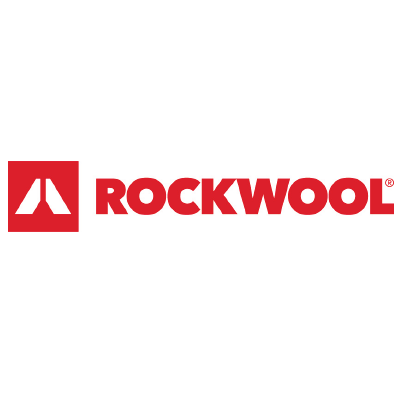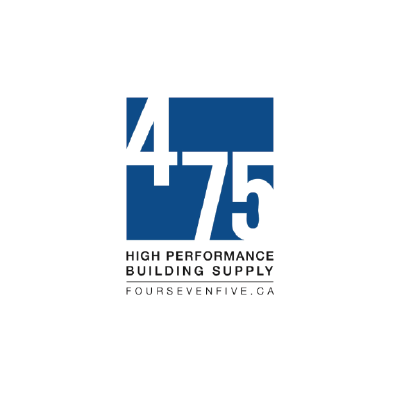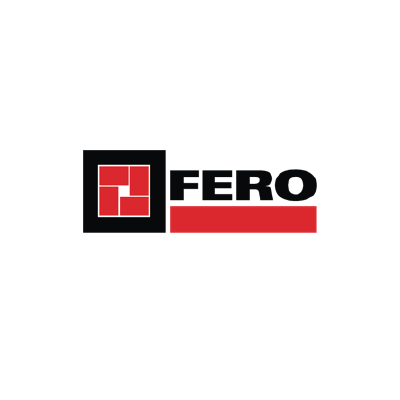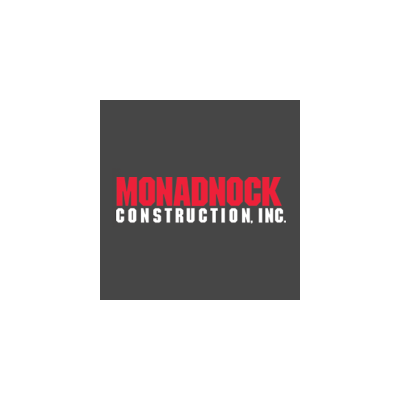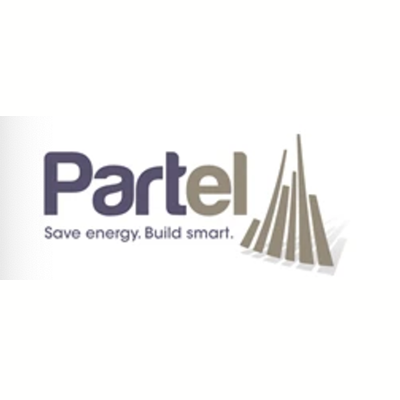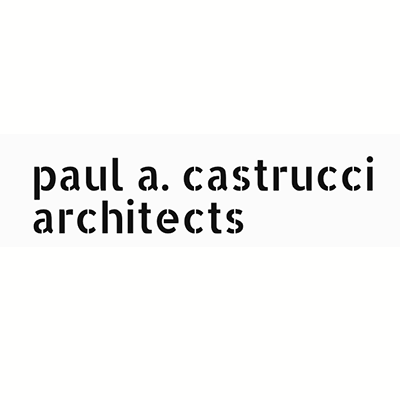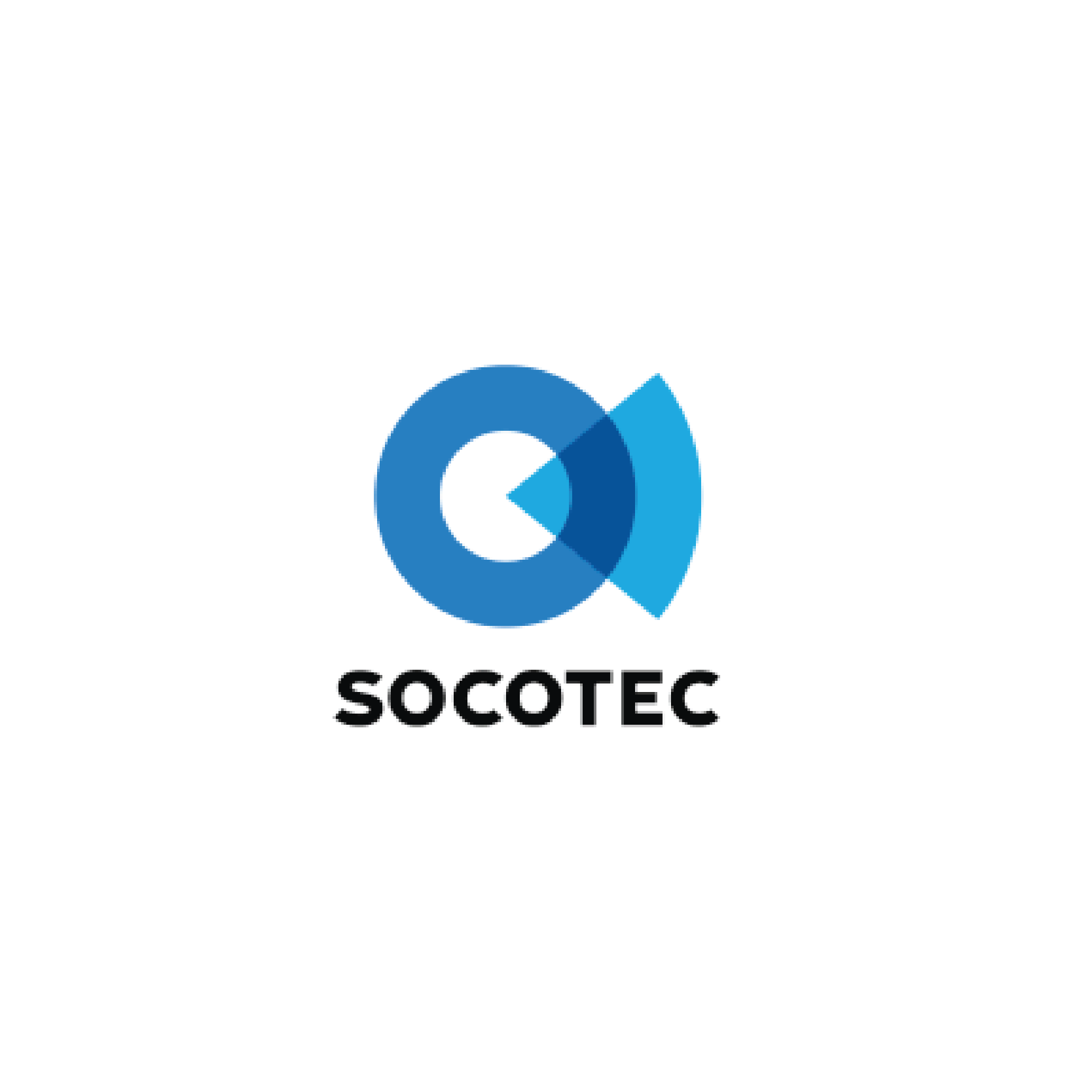New York City Mayor Bill de Blasio’s watershed report One City: Built to Last looks to Passive House standards to inform how New York might reach its goal of 80% carbon reductions by 2050. In doing so it raised many questions: What might implementation look like? What are the hurdles we see? What are the opportunities?
With over 450 participants, the 4th Annual NY Passive House Conference & Expo sought to answer these questions by bringing together professionals and policy makers for a one day in-depth look at, and discussion of, Passive House implementation. .
In addition to presentations and panels the conference also included an expo of 25 industry leading product and service providers, giving participants the real-world components and contacts to help realize their Passive House ambitions.
Ken Levenson, NY Passive House President, welcomed everyone and introduced Josh Fox, an environmental activist and the maker of the movie GASLAND, to present two NY Passive House awards. The NY Passive House Pioneer Award was presented to Chris Benedict and Henry Gifford for their trailblazing low-energy building work dating back to the 1990s and their early embrace and promotion of Passive House going forward. The NY Passive House Hero Award was presented to Mayor Bill de Blasio and the Mayor’s Office of Sustainability, for building awareness of, and support for, the dramatic energy efficiency measures of Passive House. The conference was honored to have the Director of the Mayor’s Office of Sustainability, Nilda Mesa, accept the award on behalf of the Mayor.
In his keynote talk “passivhaus what else” Sebastian Moreno-Vacca of A2M demonstrated how a modern city, in his case the capital region of Brussels, can successfully implement Passive House. And while the accomplishments of Brussels are dizzying in its depth and reach, perhaps most exciting was the preview Sebastian gave for a Passive House retrofit project they are working on right here in NYC’s Meatpacking District as well as preliminary work on a big multi-use project in Newark, NJ. It seems the Belgian revolution is on the move.
The day then broke into two rooms covering an array of subjects. Jessica Grove-Smith of the Passive House Institute dove into the new Primary Energy Renewable, new certification classes with integrated renewable targets, and the Passive House computer energy model, PHPP 9. A session on the issues around applying Passive House to high-rise construction was moderated by Ilana Judah of FXFOWLE, with presentations on enclosure issues by Dan Piselli of FXFOWLE and on systems issues by Lois Arena of Steven Winter Associates. The highlight was the unveiling of Cornell Tech’s new dormitory on Roosevelt Island, slated to be the world’s tallest Passive House, by Luke Falk of Related Companies.
But as much as New York is about high-rises the driving focus is going to be retrofits and so the team of Michael Ingui of Baxt Ingui Architects, Cramer Silkworth of Baukraft Engineering and Kevin Brennan of the Association for Energy Affordability gave a comprehensive look at how they are remaking our historic townhouses into Passive Houses.
Wood construction was not left out either, with wood retrofits by Grayson Jordan of Paul Castrucci Architect and Andreas Benzing of AM Benzing Architect as well as state of the art wood panelized construction by Chris Corson of EcoCor.
An unexpected treat of the day was a lunch break presentation of the certification for opaque building components to Ecocor by the Passive House Institute for Ecocor’s wood panelized system. The certification represents a first for opaque components outside of Europe and an important step toward local sourcing and affordability of Passive House construction in the U.S.
After lunch Dieter Herz, of Herz-Lang showed the giant leaps forward Passive House is making in Europe, with big buildings of almost every imaginable use. If anyone in New York thought Passive House was just about houses, his presentation should put an end to the misunderstanding. A key take-away from Dieter’s presentation was that the fundamental key to a successful project is the complete team integration from day one – that with a full integration of effort, the best, most economical and best functioning and interesting design and be achieved – you must start at the very beginning of the process.
A developer roundtable, moderated by Stuart Brodsky of NYU SHACK Institute of Real Estate, showed how developers, such as Mike Levey of Grosvenor and Stewart Osborne of Nava Companies, while lacking any clear mandate from buyers, are non-the-less pushing ahead with Passive House construction because it simply makes so much sense. Steve Bluestone of the Bluestone Organization showed how he was taking Passive House to affordable housing construction in Queens. And Timothy McDonald of Onion Flats made everyone’s eyes pop as he outlined the simple language that has enabled Pennsylvania to become the leader in multi-family affordable Passive House construction practically overnight with the use of financing incentives placed in a very competitive marketplace – and how he is working to extend this success across the continental U.S.
Matthew O’Malia and Tim Lock of GO Logic showed with their field laboratory building for the University of Chicago that high-internal loads need not be a roadblock to Passive House goals – that with careful planning the apparent obstacles can be overcome and done so with beautiful architecture.
The closing plenary panel on “Policy, Passive House and a Resilient New York Future” ended the day’s sessions with a bang. Moderated by Albert F. Appleton of Cooper Union, the panel brought together a wide range of perspectives from Sebastian Moreno-Vacca who showed how we can push ahead, Jessica Grove-Smith demonstrating the technical power to give us the confidence to “just build”. Laurie Kerr, of Urban Green Council and veteran of PlaNYC was clear to note hurdles in implementation, but also express the unique power of Passive House in its simplicity and clarity. Alex Wilson from the Resilient Design Institute provided strong context for the history of grappling with issues around resilience and the ideas of sheltering-in-place that Passive House delivers. Perhaps most encouraging was the engagement of city officials. Council Member Costa Constantinides and Mayor’s Office of Sustainability official, John Lee, both illustrated the city’s strong commitment to achieving the 80% carbon reduction by 2050 goals and a keen understanding that Passive House is essential in the implementation efforts to reach it.
From short term pilot projects where NYC can seed the market and provide proof of concept to long-term building code considerations, the official made clear the Passive House is very much in the conversation and moving the needle regarding expectations of what industry can deliver. The panel discussion helped explore these issues and Q&A from the audience rose interesting issues such as: the asthma epidemic, grading our buildings like our restaurants for efficiency, and the seemingly wasteful effort of spending huge sums to upgrade a gas infrastructure that needs to be abandoned for an all-electric renewables powered grid. The plenary panel reinforced the notion that to secure our clean energy future, we must make a foundation of low-energy Passive House buildings.
After the plenary, participants returned the expo area and the important activity of networking, reconnecting and making new connections – sharing knowledge and making plans to collaborate – building a supportive Passive House community.
See more conference pictures here, courtesy of Robert Schneck.
NYPH would like to give special thanks to event sponsors:
PLATINUM: Klearwall
GOLD: European Architectural Supply, Pro Clima and Yaro
SILVER: Association for Energy Affordability, Build Forward, Build with Prospect, Cosella Dorken, Intus Windows, Logix, NYSERDA, PBDW Architects, Steven Winter Associates, SIGA, and Zehnder America.








